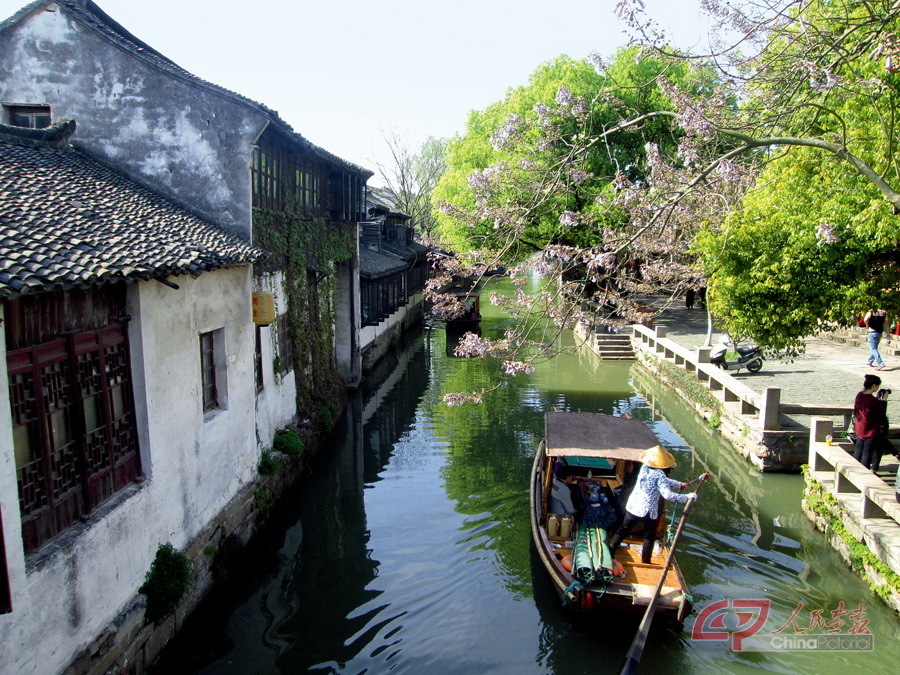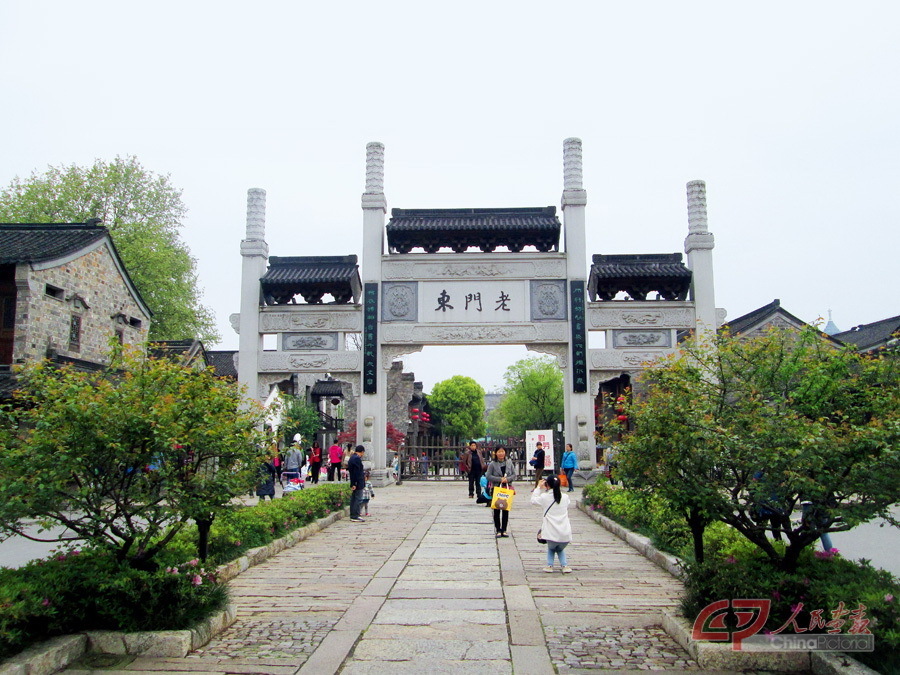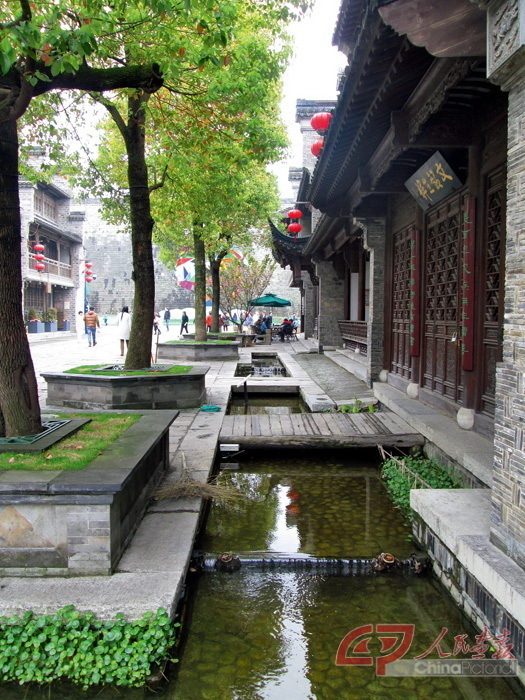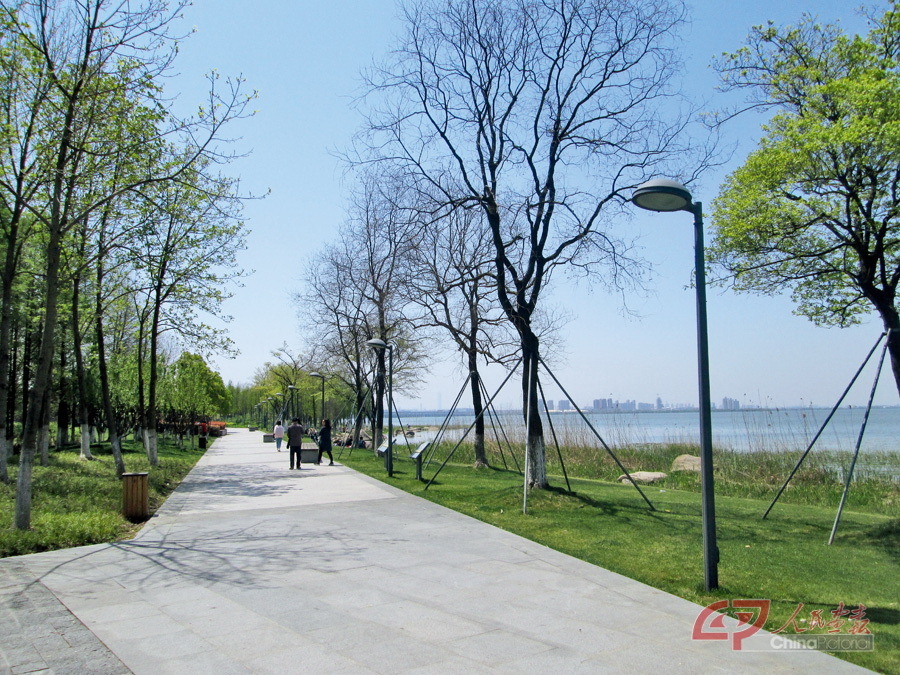Journey to Jiangsu

Jiangsu Province is located on China’s eastern coast, near the municipality of Shanghai. On a recent visit, I toured Nanjing, the provincial capital, and Kunshan, a smaller city further east. The two are very different in character, but each provides a glimpse into modern Jiangsu life.
Arriving from Beijing, the difference in climate was immediately apparent, and I noticed far more trees and vegetation lining the city streets. The province lies along the lower reaches of the world-famous Yangtze River, a region known for an abundance of water—from the vast Yangcheng Lake at one edge of Kunshan to the streams and ponds found around every turn. Consequently, nature is everywhere: Birds flutter between trees constantly and at night, frogs can be heard croaking from the shadows. I soon realized why so many local specialty dishes seemed to revolve around duck!

Despite the natural environment, the area is far from rural. Jiangsu is a relatively wealthy province thanks in part to its strategic location close to Shanghai, with convenient transport links across the region. Its fertile terrain and excellent irrigation have given the province a strong agricultural tradition and recent rapid development. Agriculture is still a significant industry in the province, but it is also home to many economic and technological development zones. Jiangsu is a leading manufacturer of electronics and other exported goods. Business is booming, and Jiangsu’s GDP ranks among the highest in the country. Nanjing and Kunshan, among other cities, are now known for ultra-modern buildings and highly developed infrastructure as much as anything else.
The province’s future looks bright, but its past has shaped the present. As the national capital of China for six dynasties, Nanjing is a profoundly historic city. Despite its development pace, the city’s tradition is still strong thanks to the careful preservation of many historic structures. Much of the 600-year-old city wall is still standing, as a visual reminder of the threats this city once faced from outside invaders. Amongst the largest city walls ever constructed in China, the towering stone structure is still impressive. I visited the famous East Gate, around which a large pedestrian zone has been established that preserves the old architecture, now housing shops and restaurants. Most of them now cater mostly to tourists, but it’s easy to imagine the atmosphere of life in the shadow of the city walls in dynasties past. In the nearby Confucian Temple area on the banks of the river, traditional outdoor dance performances with live music take place every evening, illuminated by flickering Chinese lanterns.

Another historic gem located just outside Kunshan is the ancient town of Zhouzhuang, which is considered the top water town in China. Before arriving, I wasn’t sure what “water town” actually meant, but once I saw it, the term made perfect sense. The entire town is built around its waterways, and in some places, the narrow canals act like streets. Like Venice to Europeans, Zhouzhuang is known for a steady flow of passenger boats and houses jutting out over the water’s edge. Delicate willow trees hug the banks, and their leaves gently fall to float away on the rippling surface below. On land, visitors can dive into the labyrinth of narrow passageways and explore the preserved residences of important figures from the Ming (1368-1644) and Qing (1644-1911) dynasties—complete with original furniture. However, explorers are warned to keep an eye out for sudden passing streams. Understandably, tourist boats are popular choices for exploring. Each is operated by one of the town’s senior women, who display surprising strength as they steer the craft deftly around narrow bends using nothing but a wooden paddle. Many sing haunting, traditional songs as they work, creating a truly captivating atmosphere.
The preservation of traditional culture in these cities is intended as celebration, but Nanjing in particular has a darker page of history to be remembered. City authorities have constructed an interactive and thought-provoking memorial to the victims of the Nanjing Massacre, which took place in late 1937 and early 1938, when the city fell to Japanese invaders. Located in the southwest of the city, the museum now draws thousands of domestic and international visitors hoping to learn more about this dark time. Alongside poignant statues and a large wall listing the names of the victims is an informative museum recounting some of the many horrors the city faced at the hands of invaders during the period. The information doesn’t make for pleasant reading, but is essential to understanding a crucial event from the city’s past, the effects of which are still being felt today.

These are just a few of the factors that make Jiangsu an interesting destination. With ever-increasing connectivity thanks to China’s growing network of high-speed railways—many of which happen to be produced there—Jiangsu cities are now more accessible than ever. Numerous landmarks and attractions are very convenient to reach for visitors, and local people reap the benefits as well—many Jiangsu residents firmly maintain that it’s a preferable place to live than neighboring Shanghai. It has all the advantages without the crowds, and most importantly without the price tag in terms of real estate. From historical buildings to gleaming skyscrapers, and from quaint villages to modern industries, Jiangsu really is a province for everyone.